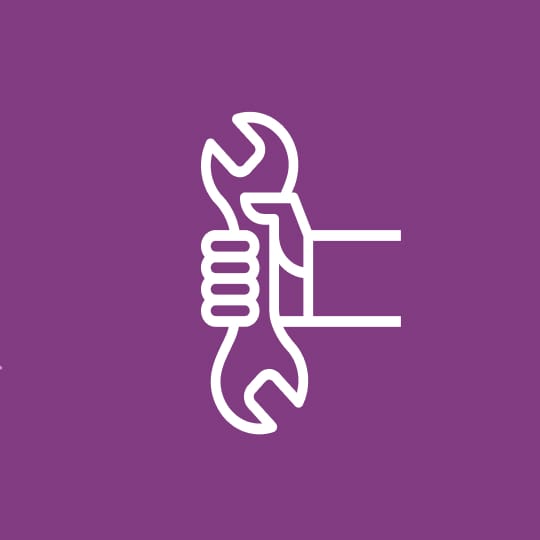· · Matthew Ford · 3 min read
Mastering Code Maintenance: Five Essential Strategies for Ruby on Rails Apps

Managing your applications’ codebase can be complex, but it doesn’t have to be daunting.
At Bit Zesty, our hands-on experience in maintaining JavaScript, React Native, Ruby on Rails, and Python apps for our clients has led us to develop a set of effective strategies.
Below, we detail five essential tips for product owners and CEOs with technical knowledge to share with their teams to keep their Ruby on Rails codebases streamlined, efficient, and easy to manage. However, the core concepts can be used with any development framework.
System Architecture – Embrace Simplicity
The “KISS” principle – keep it simple – is a tried-and-true guideline in software design. The architecture of your solution, including the base framework, key libraries, and data store, should be established before coding. Choose technology wisely; while cutting-edge technology can be tempting, it’s not always necessary, especially for simpler web apps. Even single-page applications (SPAs) are reverting back to server-side rendering.
Whether you’re building a basic web app or a complex service accessible from various devices, choose technology that aligns with your security, performance, and accessibility requirements. Always consider the community support and maintenance of a technology before adopting it.
Code Coverage – The Power of Testing
Developers rely on tests to build confidence and better understand how to approach future development and maintenance. Tests benefit not only new project members but also those who have been involved from the beginning. They ensure that changes made do not break existing functionality and can even serve as documentation outlining the application’s specifications and expectations.
Test Driven Development (TDD) is an advanced practice that requires writing tests before implementing code. This approach involves creating a plan before bringing it to life, which may seem like a lot of work but pays off in the long run. Higher test code coverage leads to better code quality, avoiding regressions, increasing developer confidence, making code refactoring easier, and even serving as living documentation.
Best Practices – Benefit from Community Wisdom
Each development framework has a set of community-agreed best practices. Following these guidelines makes your code more maintainable and eases the onboarding process for new developers. Static code analysis tools, like the Rails Best Practices gem for Ruby on Rails, can help ensure your code aligns with these best practices, highlighting potential issues and suggesting improvements.
Code Style – Consistency Matters
Following code style best practices is like following a set of guidelines for writing code. In the past, each company had its own code style practices. Nowadays, it’s recommended to use widely accepted code style practices related to the language or framework being used.
These practices have been developed and shared by developers based on their experiences and ideas. By adhering to these standards, developers can take advantage of the most efficient features of each specific language.
Code that doesn’t follow these practices can be difficult to read, making debugging and adding new features slow and tiresome. When code follows a common style, it becomes more readable and manageable.
Readable code is essential as software engineers spend most of their time reading and working with it. Many tools are available for code-style analysis, with some even having automatic fixes for common errors. It’s recommended that developers use these tools, such as Rubocop, Rubyfmt, and Prettier for Ruby, when working on code changes.
Dead Code – Eliminate Technical Debt
Dead code that isn’t used in the app’s current version is a form of technical debt that can muddle the codebase, confuse developers, and increase onboarding time. Instead of holding onto dead code, leverage code versioning. Static code analysis tools can identify and remove dead code, but ensure you have good test coverage before deleting any code to avoid breaking the app.
In conclusion, proactive problem prevention is more efficient and cost-effective than reactive problem-solving. These strategies, gleaned from our experience, can significantly improve the maintainability of your applications. If you need help to maintain your application code or to boost its performance, don’t hesitate to reach out. We at Bit Zesty are always ready to assist.
Do you need help with your application?
At Bit Zesty, we specialise in building and maintaining bespoke software and integrating AI into existing applications.
Looking to build an application, but unsure of the price? Keen to discuss our experience, processes and availability?

